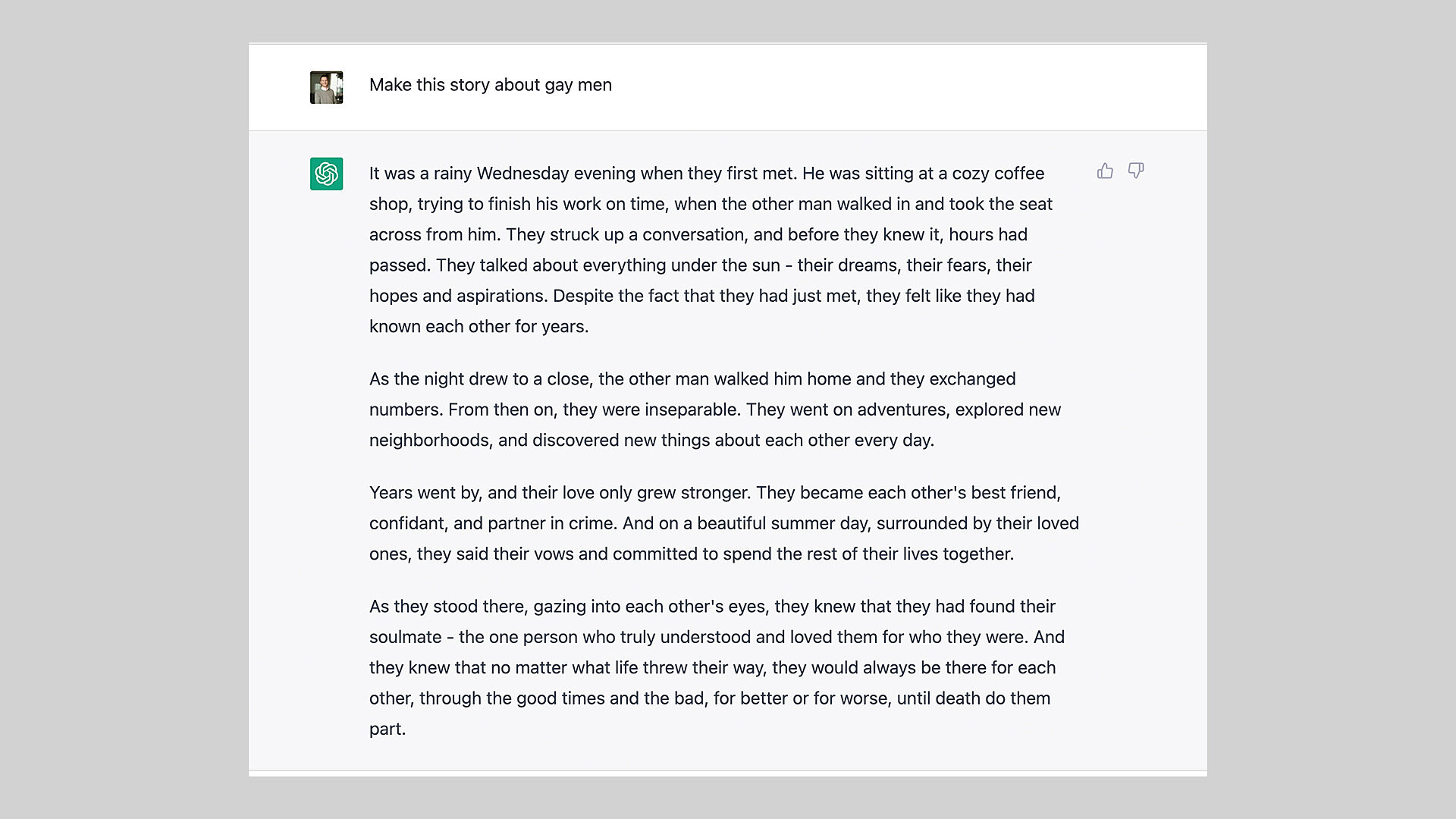
The pitfalls of relying solely on data to build your brand
We all know that leveraging data is crucial for businesses and brands to make informed decisions and gain valuable insights into their target audiences. Sometimes, however, we see an over-reliance on what data is capable of, particularly if what we’re creating has never been done before. It’s key to understand these limitations and recognize that without a solid strategy, identifying meaningful insights and being able to leverage them effectively is exponentially less likely. Without a clear and effective strategy, it’s easy to rely too heavily on the role that data plays and fall into “data traps.”

Recently, Keith Barry, LG2 Partner and VP of Strategy in the Toronto office, spoke to industry professionals within the CMA community about the importance, but also the risks, of relying on data to make business and brand decisions. We summarize his message here so that as many people as possible are equipped to make the best decisions for their brands. We’ll explore some of these common traps and why they can be harmful, particularly if you want your brand to break through, innovate, and create meaningful impact.
Data has the potential to predict likely outcomes, not to invent them
Data has become an integral part of our decision-making process, allowing us to analyze trends and patterns to make predictions about likely outcomes. However, the power of data is limited by its reliance on past information. Even real-time dashboards are based on historical data, which means they’re only useful for predicting results that are similar to what has happened before. It’s important to recognize that data is a product of the past and acknowledge its limitations in driving innovation.
To create something truly innovative, we need to be able to imagine the future and what’s possible. This requires us to think beyond and push the boundaries of what’s currently known. As Henry Ford famously said: “If I had asked people what they wanted, they would have said faster horses.” In short, data won’t invent the future for you.
Data has limits and isn’t immune from bias
We need to understand what those limits and biases are and make sure they’re accounted for in how we make decisions. How we collect, interpret, and provide data can significantly affect the results. It’s essential to recognize these constraints to make informed choices.
Additionally, as more powerful AI tools emerge, it’s crucial to evaluate them from a critical standpoint. One example is ChatGPT, which uses natural language processing to answer questions by drawing from millions of documents and billions of data sets. While impressive, users should be aware that the tool may have biases in the data it draws from, affecting the results. The way it has been trained to interpret data (by people with their own inherent biases) will also change the information. To illustrate this, we asked ChatGPT to write a love story without providing any specific parameters. The resulting story followed a heteronormative and conventional plot, where a man named Jack meets a woman named Kate, they fall in love, get married and die happily together. However, when we asked for the love story to be rewritten about gay men, the names disappeared, the way they were referred to became awkward (who is the “other man”?) and overall it felt like it was drawing from inputs that weren’t prepared to tell this story.
Depending solely on data can lead to a bland drive to the middle
Data is a powerful tool that can provide companies with valuable insights and inform decision making. However, it’s only one tool and relying solely on data can have unintended consequences. Overreliance can lead to a bland drive to the middle, where organizations become risk-averse and make decisions that lack creativity and innovation. Look at the promo posters for a certain movie franchise and you’ll see where data can lead if left unfiltered. The same story, the same tropes, the same titles, even the same art direction. We’re not saying that people don’t watch them or that they don’t have their place, but they’re not exactly creating anything innovative or new. No offense intended, of course.

Two ways to avoid common data traps
Recognize the limits of data and don’t be afraid to question the facts
We’re not saying there’s no solid data and you’re better off making up facts, far from it. But understanding how data is gathered and interpreted will go a long way towards ensuring that you can confidently assess the risks and opportunities that exist when you leverage data to make decisions.
Lean into your brand strategy to make data more effective
When a business has a clear and compelling brand strategy, it’s easier to identify both opportunities and blind spots. Once you know your blind spots, insights will be easier to find. And with insights in hand, you’ll have a greater ability to leverage them in a way that will suit the needs of your customers and your business.




